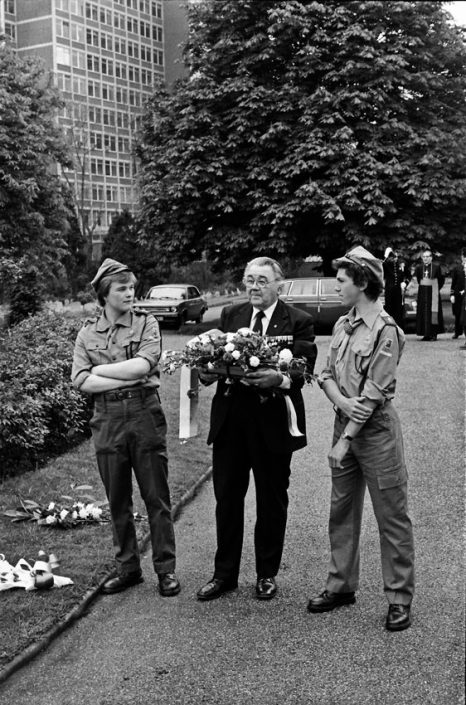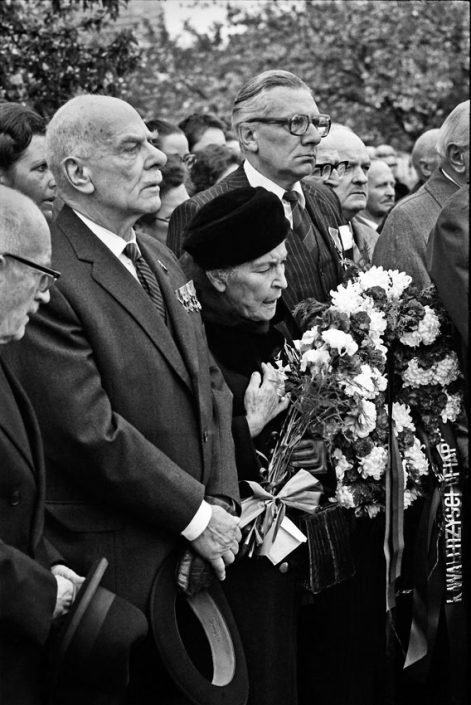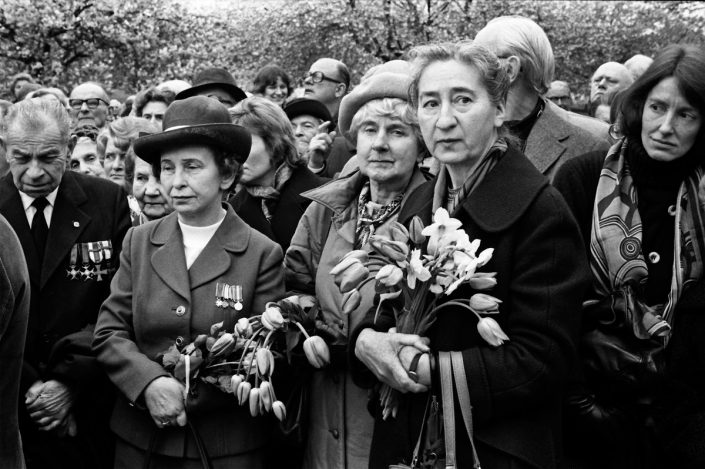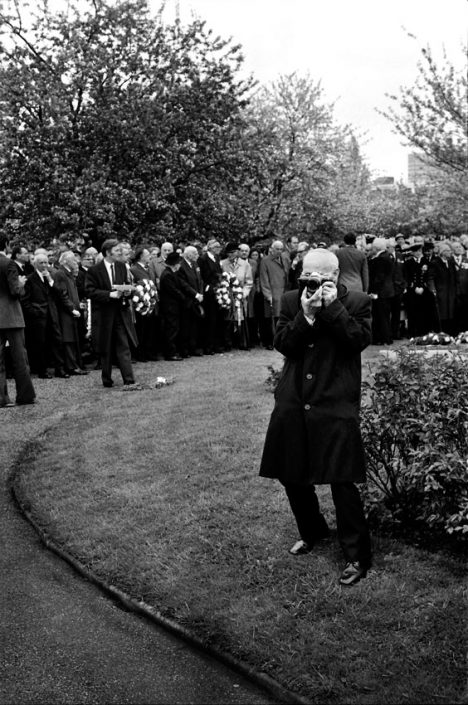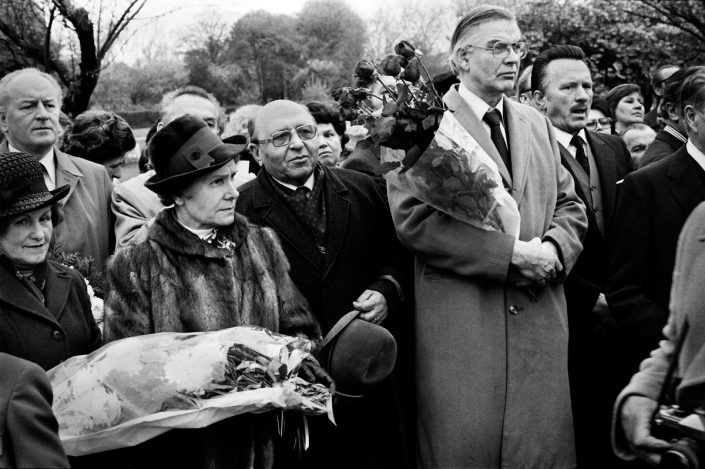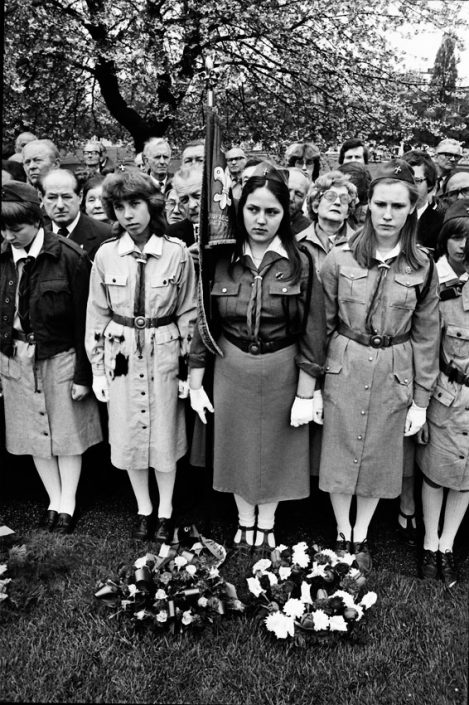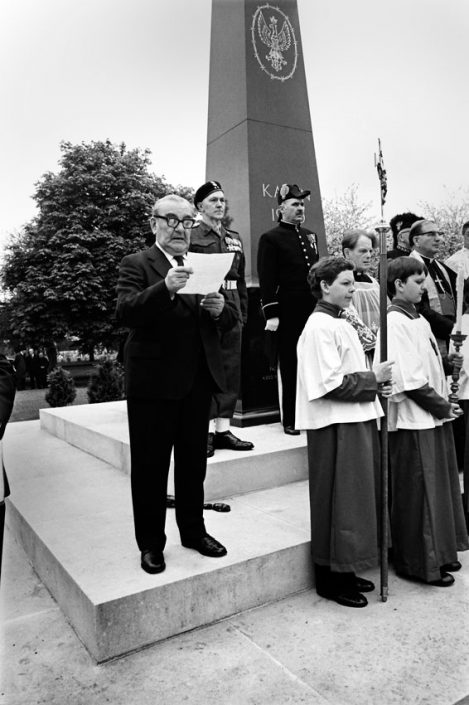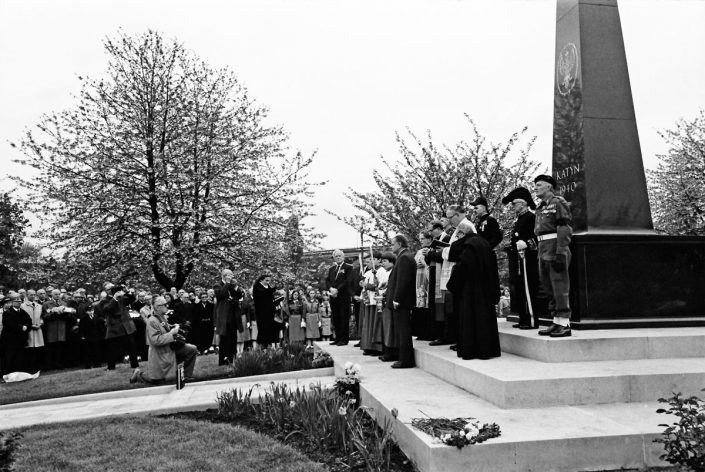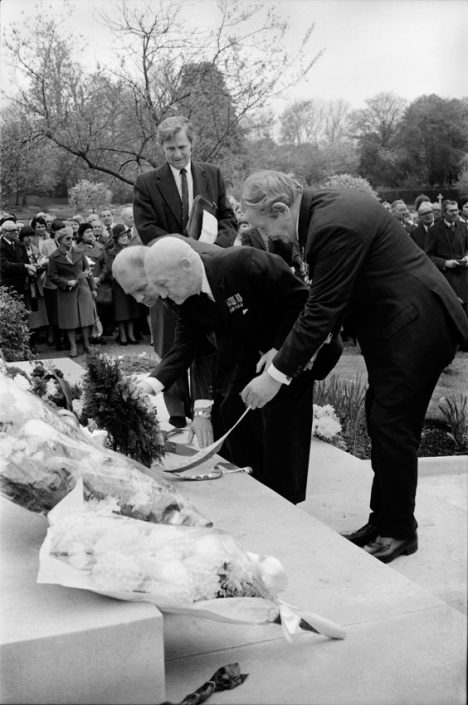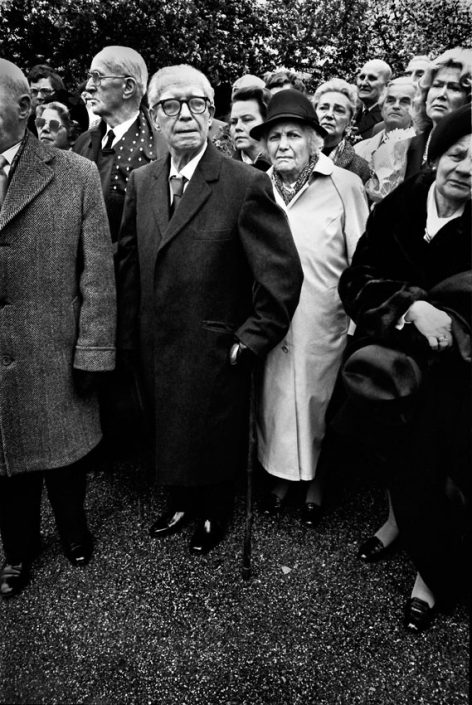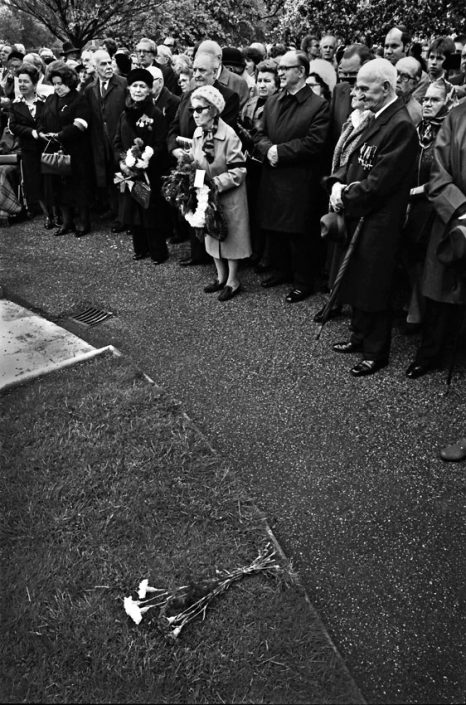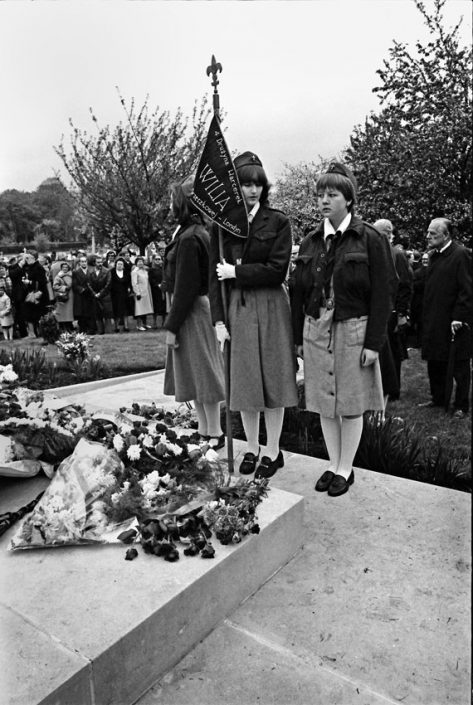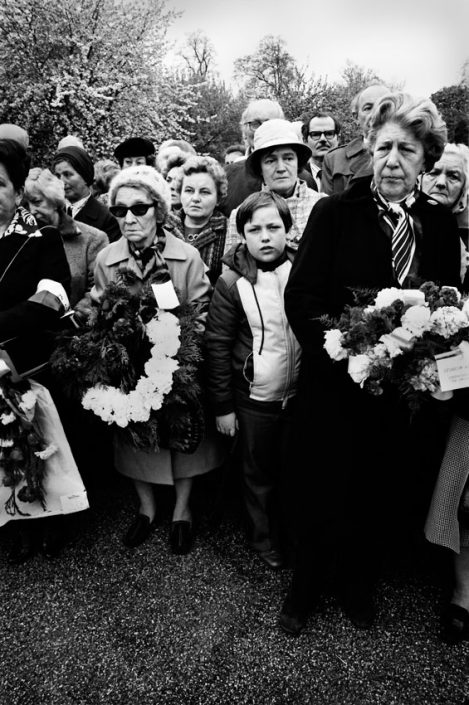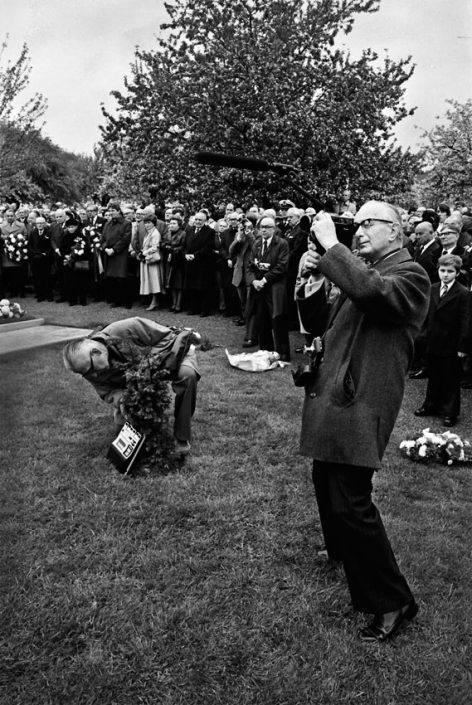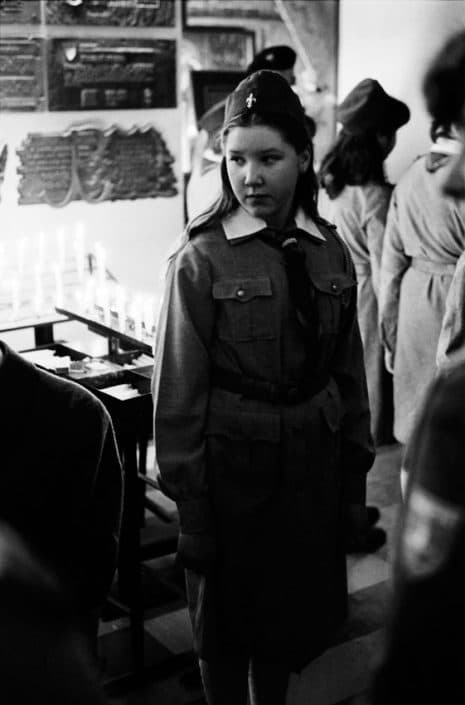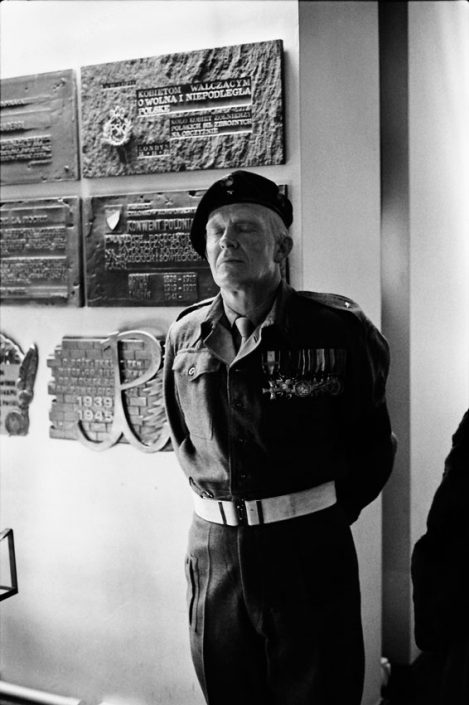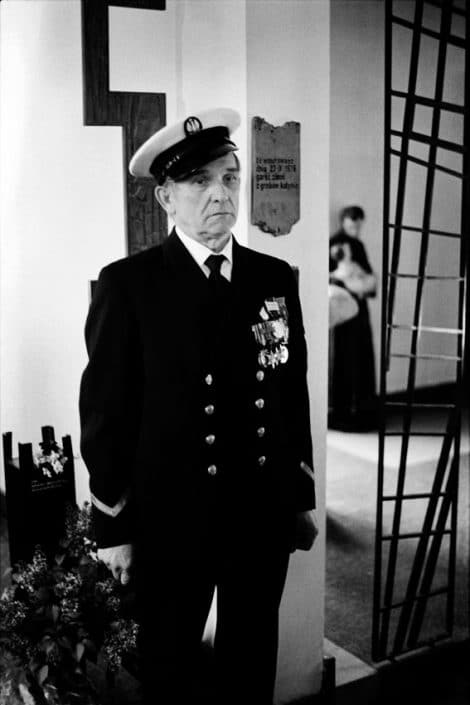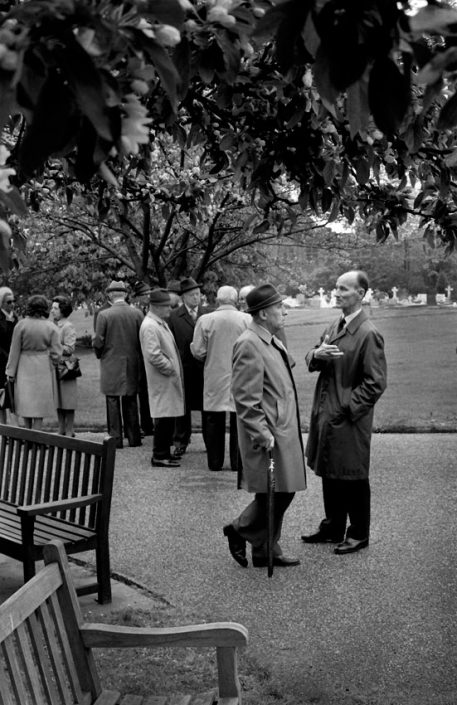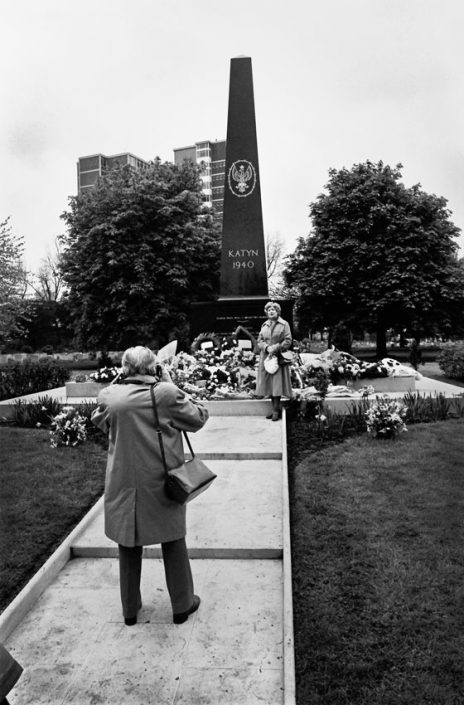The Katyń Memorial at Gunnersbury Cemetery, Chiswick, England
Bearing the date 1940 and dedicated on 18 September 1976, this Katyń memorial was the first in the world. It was erected in the face of opposition from both the Soviet and English governments.
During the period of the Cold War, successive British governments objected to plans by the UK’s Polish community to build a major monument to commemorate the massacre. The Soviet Union did not want Katyń to be remembered, and put pressure on Britain to prevent its creation. As a result, the construction of the Katyń memorial was delayed for many years. After the local community had finally secured the right to build the memorial, no official representative from either government was present at the opening ceremony in Gunnersbury Cemetery, London (although some Members of Parliament did attend the event unofficially).
Read more . . .
The Katyń massacre (“zbrodnia katyńska”) was the mass murder of approximately 22,000 Polish nationals carried out by the Soviet secret police (NKVD) in April and May 1940. The massacre was prompted by Lavrentiy Beria’s proposal to execute all members of the Polish Officer Corps, dated 5th March 1940. This official document was approved and signed by the Soviet Politburo, including its leader, Joseph Stalin.
The victims included approximately 8,000 Polish army officers taken prisoner during the Soviet invasion of Poland in 1939, another 6,000 were police officers and the rest were Polish intelligentsia, university lecturers, doctors, lawyers, officials, priests and others considered to be members of the “bourgeoisie”.
The bulk of the victims were interned at three Soviet camps (Kozielsk, Starobielsk and Ostaszków) before being taken to NKVD mass murder sites, where they were killed and buried in mass graves.
The graves of the Kozielsk prisoners were found in 1943 at Katyń forest. The fate of the other victims and the location of their graves was not known until five decades later. After the discovery of the Katyń grave site the USSR denied responsibility for the massacre and tried to blame it on the Germans – and continued to lie about the killings for 50 years until finally admitting Soviet guilt in 1990.
However, neither the Soviet government nor successive governments of Russia have ever permitted a full investigation of the massacre, and none of the perpetrators of this war crime have ever been brought to justice.
The monument in Gunnersbury Cemetery was unveiled on 18th September 1976 after much delay. The Polish community in London had tried in vain to get permission to create a memorial to the victims of the Katyń massacre for many years, which was prevented by successive British governments, bowing to Soviet pressure.
The wording on the memorial is:
Sumienie świata woła o swiadectwo prawdzie. (Translation: The conscience of the world calls for the truth.)
In remembrance of 14,500 Polish prisoners of war who disappeared in 1940 from camps at Kozielsk, Starobielsk and Ostaszkow of whom 4,500 were later identified in mass graves at Katyń near Smolensk.
The wording on 3 plaques in the plinth:
This casket contains soil from their grave.
Murdered by the Soviet secret police on Stalin’s orders 1940. The soil hereunder came from their graveyard 1990.
As finally admitted in April 1990, by the USSR after 50 years shameful denial of the truth.
